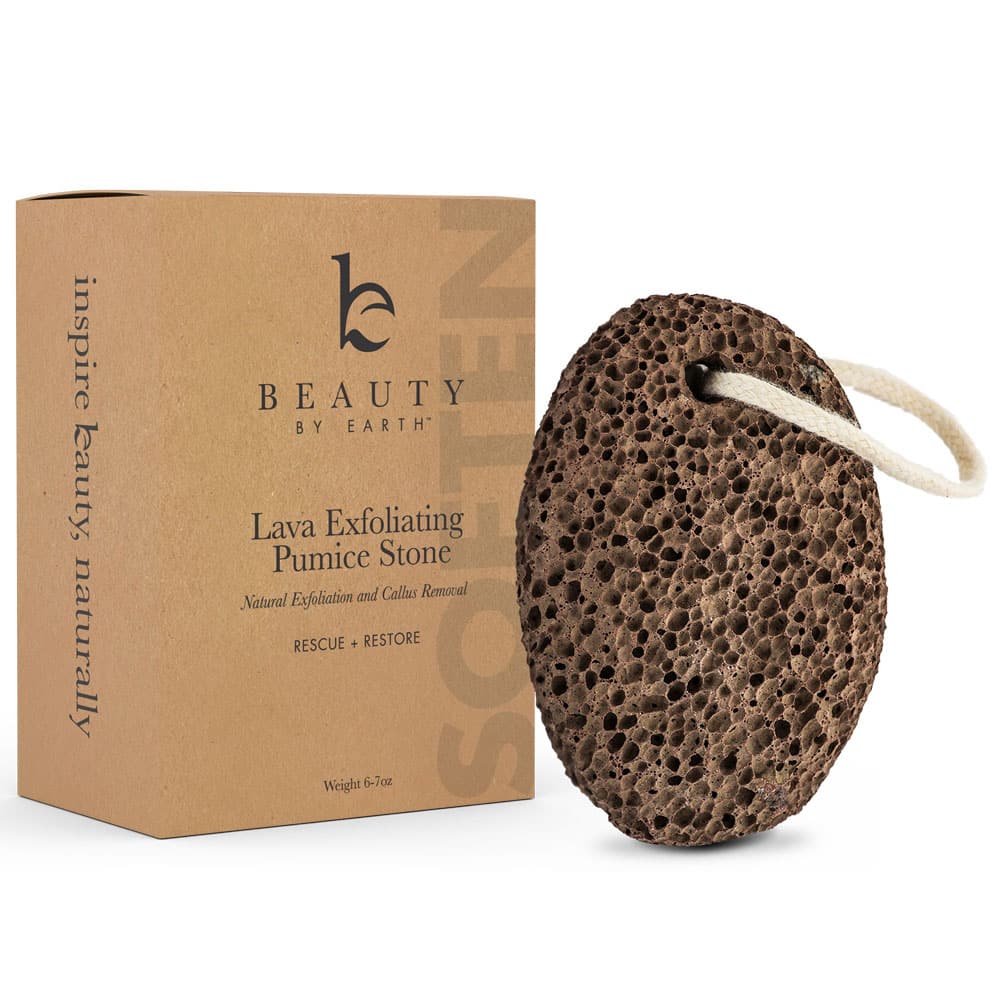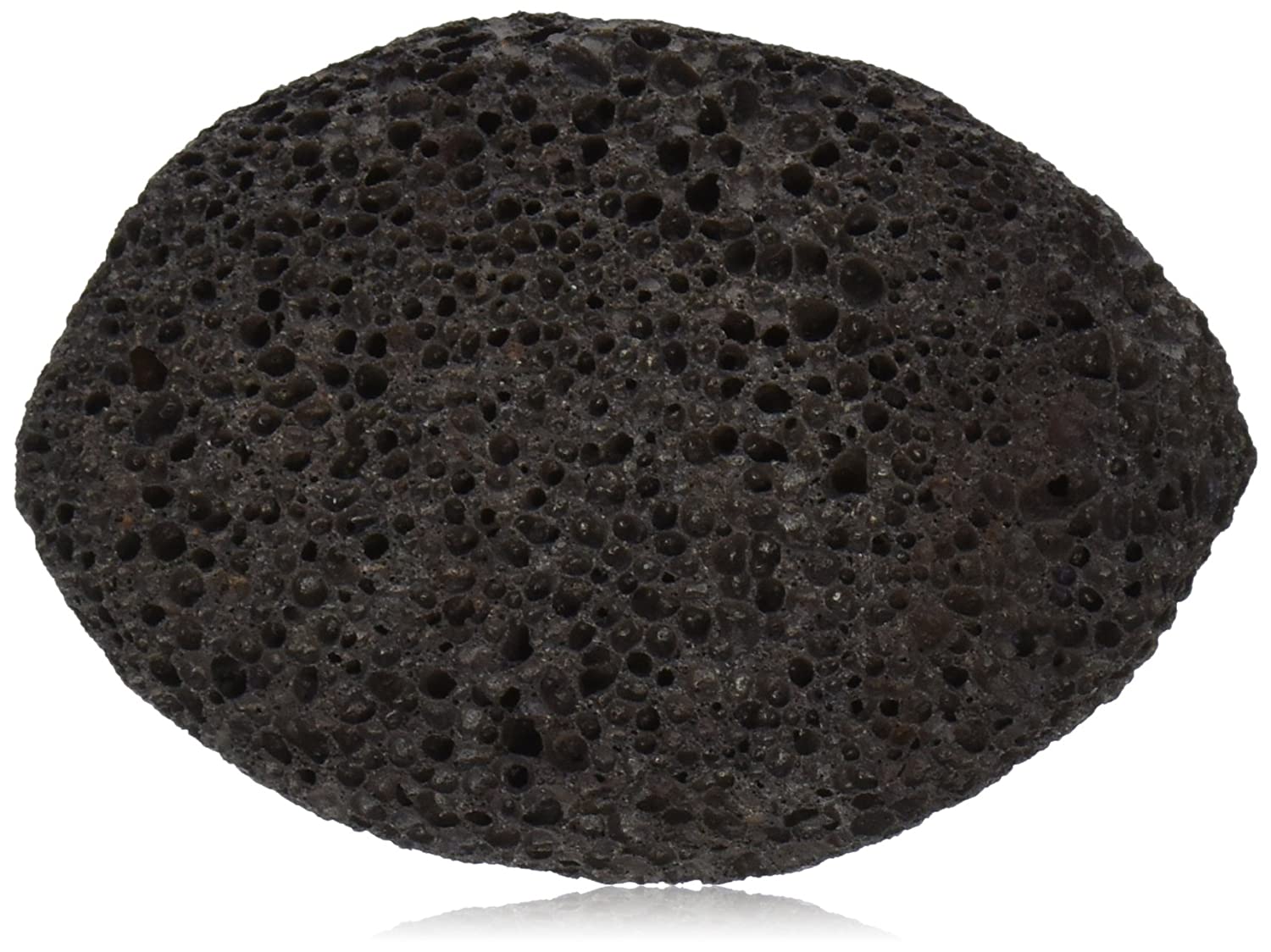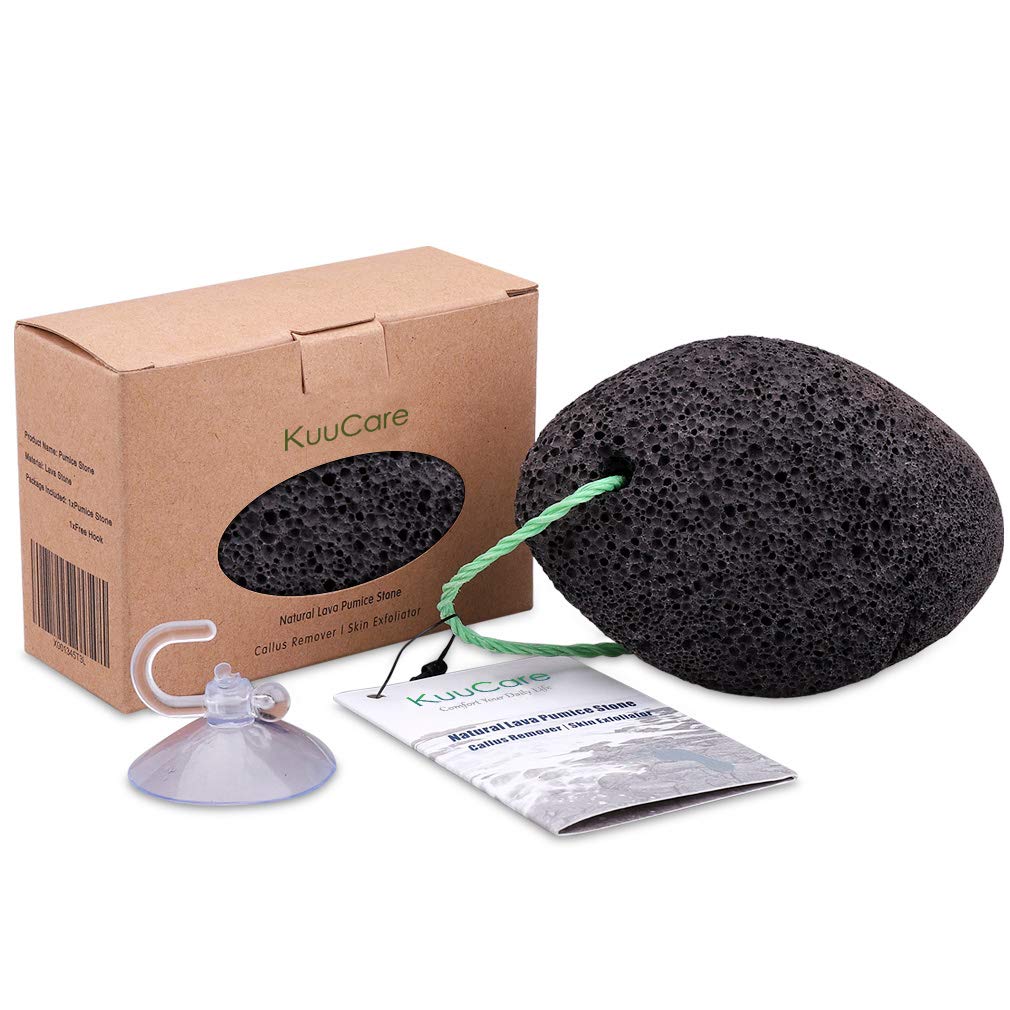You can't discount the simple pleasure of baby-soft feet, especially in mid-July, when your body temperature starts rising just thinking about socks. It's not only the appearance of pedicured feet — though, yes, white toenails definitely pop against a summer tan — but the feeling of butter-smooth arches, heels, and toes that makes you want to putter across your floor totally barefoot.
Of course, this summer, with many nail salons still closed for business, soft, un-calloused feet might sound like a pipe dream. But according to Miguel Cunha, DPM, podiatric surgeon and founder of Gotham Footcare in NYC, there's a simple at-home answer: pumice.
AdvertisementADVERTISEMENT
Now, while you can DIY your way to a salon-quality pedicure, it's important to note that you have to be super careful when wielding a pumice stone. If you're too rough — for example, just scrubbing away absentmindedly in the shower — you'll end up in a worse place than when you started, with over-exfoliated, hyper-sensitive feet. The prep and specific type of pumice you use is important, too.
The Prep
Just as you would while getting a pedicure at the salon, you'll want to soak your feet before doing any scrubbing. "First, I suggest soaking your callouses in apple cider vinegar, water, and epsom salts for about 20 minutes," Dr. Cunha says. "Then, dry your feet and apply a natural anti-fungal oil like castor, tea tree, or eucalyptus oil directly to the dead or calloused skin before pumicing."
The Pumice
Following the foot soak, you'll want to grab your non-synthetic, volcanic pumice. "I always recommend a pumice stone that's made from actual volcanic material as opposed to a synthetic file, to avoid subjecting your skin to any chemicals," Dr. Cunha explains, adding that your exfoliating process should be gentle. "Wet the pumice stone, then rub it over your calloused area in a circular motion, using light pressure."
When To Stop
According to Dr. Cunha, you can pumice your feet for up to two minutes daily, but if your feet have ever felt itchy or raw after a pedicure, you know that overdoing it should be avoided at all costs. "Stop using your pumice stone if your skin starts to feel sensitive or sore, as this may be a result of applying too much pressure or excessive exfoliation of normal skin," Dr. Cunha warns. "Also, do not use a pumice stone on open wounds or if you have any kind of nerve damage, because you won't be able to accurately determine how hard to pumice."
In the end, foot pumicing is like any other kind of physical exfoliation: key for softness and the removal of dead skin cells, but should always be practiced very gently.
At Refinery29, we’re here to help you navigate this overwhelming world of stuff. All of our market picks are independently selected and curated by the editorial team. If you buy something we link to on our site, Refinery29 may earn commission.
AdvertisementADVERTISEMENT









